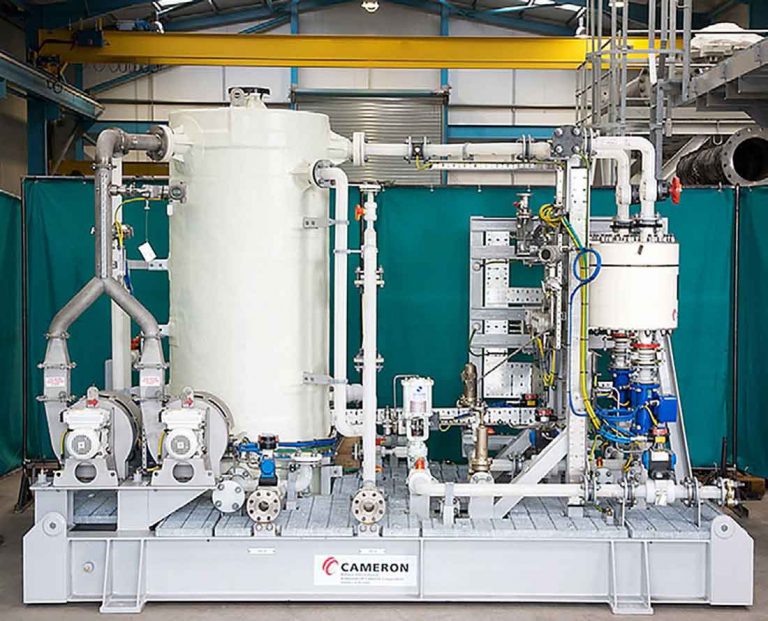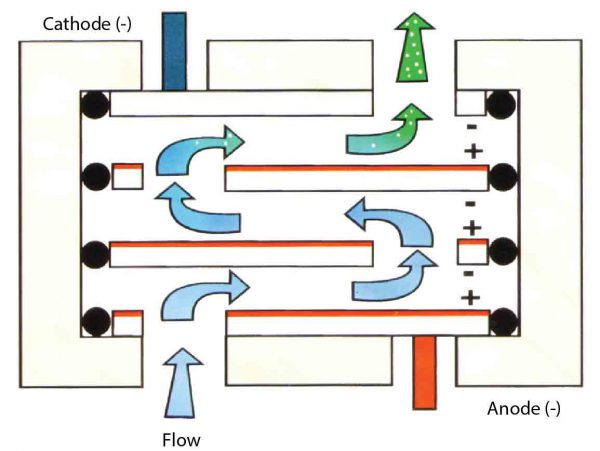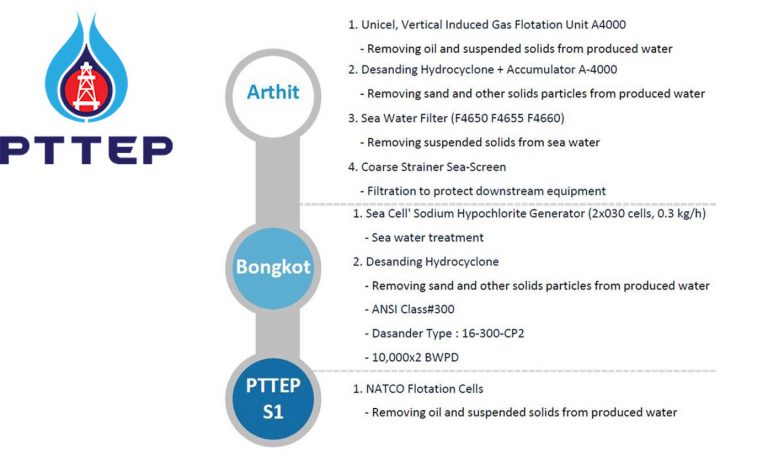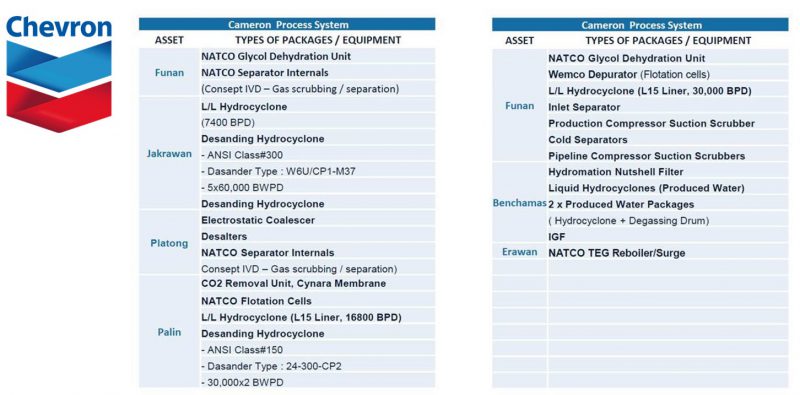
METROL SEA-CELL Electrochlorinator Overview – METROL SEA-CELL Electrochlorinator - Prevent organism growth in your seawater systems with sodium hypochlorate Our METROL SEA-ELL electrochlorinator is a machine which helps prevent organism growth in seawater systems. Technically, the electrochlorinator generates sodium hypochlorite by using electricity to control biofilm efficiently. Not only large organisms but also small organisms can be aggregated on the equipment. This would reduce performance and increase lifespan of the system. Therefore, if the seawater is applied in any process, the electrochlorinator should be installed to hinder biofoulant. The METROL SEA-CELL electrochlorinator offers increased run-times and efficient protection of seawater treatment equipment. Offshore uses range from oil and gas stations and ships to floating production, storage, and offloading (FPSO) facilities, meanwhile onshore uses include industrial and refinery cooling water. - Flexible, modular design and controls The SEA-ELL electrochlorinator is designed for standards and specific customer’s requirements. Specially, the electrochlorinator can be used with automated chlorinator packages complete with detailed instrumentation and control features, which provide online availability and fail-safe operation. Package ranges are also included from single-cell marine units to sophisticated units and hazardous area. Also, there are large-capacity units for power and industrial applications. - Special Features : - Designed to operate at 145psi (10bar), tested to 220 psi [15.2 bar]; has withstood 580 psi [40 bar] during certification trials without leaks - Compact design reduces weight and space requirements. - Vertical orientation facilitates removal of hydrogen byproduct of the electrolytic process Application of METROL SEA-CELL Electrochlorinator The SEA-CELL electrochlorinator applies “Sodium hypochlorite” via electrolysis as an oxidizing biocide for biofoulant protection. With reliable design and auto-cleaning generator, our METROL SEA-ELL electrochlorinator has an arrangement which encloses the anode-cathode bipolar plates within a leak-proof, integral housing. Compared to other cell designs, they will use the cathode or anode as the containment device for the process fluid. Since the plates are mounted inside a substantial polypropylene container, the SEA-CELL electrochlorinator can ensure leak-free operation even during anode-cathode failure. The design is guaranteed by ATEX certified and ingress protection (IP) 65 rated. Therefore, there is no need for an additional enclosure, and help installation in harsh marine environments. Due to self-cleaning function, our METROL SEA-CELL electrochlorinator doesn’t need to clean any acid. Instead, the cell plates are kept free of deposits and hydrogen is removed by optimizing fluid velocities. During the process, the hypochlorite solution is in the tank under level control. After that, it will be pumped to the dosing point where the solution is released to the seawater system by multistage centrifugal dosing pumps. Hypochlorite generation process The hypochlorite generation process is involved with electrolysis of the sodium chloride in raw seawater. The solution flows between anodic and cathodic electrodes energized by the direct current. Then, the chemical reactions happen between the products of electrolysis. Passing direct current through an aqueous solution of sodium chloride causes the chloride ions to migrate to the anode and sodium ions to migrate to the cathode, leading to the generation of chlorine at the anode and hydrogen plus sodium hydroxide at the cathode. Hydroxyl ions migrate from the cathode area and react with sodium ions and chlorine dissolved in the seawater near the anode to produce sodium hypochlorite  Project Reference   https://www.gmsthailand.com/product/metrol-sea-cell-electrochlorinator/ |




























